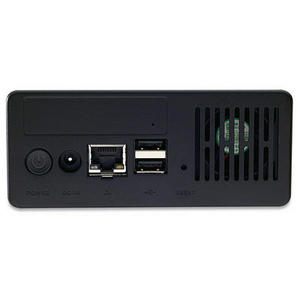

Nfs Client For Mac Os X 10.10


NFS Manager is an application to control the NFS features built into macOS via a comfortable graphical user interface. The application uses Apple’s technologies like Bonjour or Open Directory to make management as easy as possible. When using directory services, NFS Manager can configure NFS features not only for a single computer but for a whole network of thousands of Macintosh systems, with a few mouse clicks only.
NFS is an industry standard typically used on Unix systems designed to share files in a network for common usage. NFS means Network File System and was developed by SUN Microsystems (today: ORACLE). Every macOS system can either be configured as an NFS server to offer files to the network, or as an NFS client to access shared files offered by other computers. Of course you can use both functions simultaneously on a single Mac.
The NFS share is mounted at /mnt/nfs on the Mac client. Sudo mount -t nfs 192.168.1.2:/srv/nfs /mnt/nfs Persistent Mount. If you want to make the NFS mount persistent (automatically mount at boot) on the Mac client, you can use the special vifs command and add that mount point. You must use vifs for this, do not edit /etc/fstab directly. With OS X 10.6, there are two ways to have your Mac set up as an NFS client. The first is to use the built-in automount setup, which allows you to automatically connect to hosts by accessing /net. This is useful for mounting servers that require clients to use a reserved port number on the mistaken belief that this makes NFS more secure. (For the rare case where the client has a trusted root account but untrustworthy users and the network cables are in secure areas this does help, but for normal desktop clients this does not apply.).
Nfs Client For Mac Os X64

Nfs Client Mac OS X Mac OS X can be setup as an NFS client to access shared files on the network.Mounting NFS volumes in OS X can be done using following methods: ADVERTISEMENTS a Command line option.Mac OS can mount file system over a network and work as they are mounted locally. But for the best performance, and 100% compatibility, the native client file sharing protocol is the right choice. So AFP is the best protocol for all Mac clients through OS X 10.8, SMB is the standard for Windows clients, and NFS is perfect between UNIX servers. With the release of OS X 10.9 “Mavericks”, Apple fully supports both SMB2 and AFP.
The software is distributed electronically. You can download the product and test it before you decide to purchase a license for unrestricted usage.




